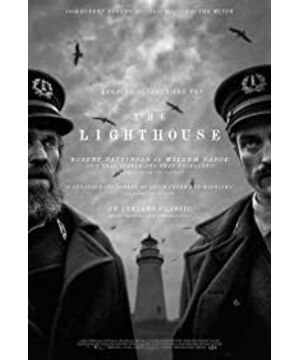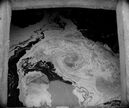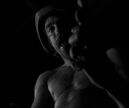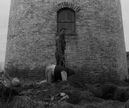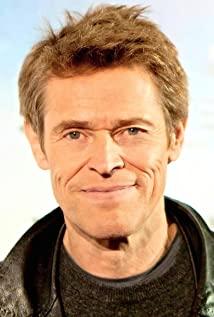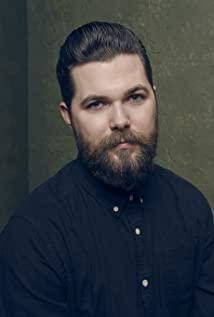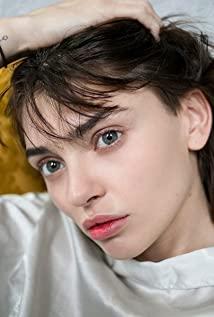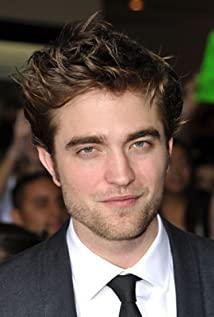Multiple interpretations inspire fear itself - "The Lighthouse"
Today, let's talk about the movie "The Lighthouse".
The title is The Lighthouse (2019).
At the end of 2019, "The Lighthouse" entered the audience's attention as a dark horse, and soon became a popular movie of the awards season, successfully nominated for the Oscar for best cinematography.
"The Lighthouse" is the second work of director and screenwriter Robert Eggers. The overall style is similar to his predecessor "The VVitch: A New-England Folktale" (The VVitch: A New-England Folktale), and the film type is still his favorite horror legend. The whole film does not rely on the sudden and frightening scenes of pediatrics, but plays with psychological horror elements.
The Lighthouse tells a horror story that can be interpreted in many ways, with supernatural and mysterious elements.
To understand The Lighthouse, you must first understand the story behind The Lighthouse.
The Lighthouse is based on the true horror of 1801 British historical event "the Smalls Lighthouse Tragedy".
Thomas Howell and Thomas Griffith lived at Smalls Lighthouse, 25 miles from the coast, in Pembrokeshire, Wales. Bad weather kept them stranded on the island for months, during which time Griffith was killed in an accident. In order to prove his innocence, Howell did not throw Griffith's body into the sea, but made a temporary coffin, put his companion's body in it, and tied it to a stone outside the house, intending to dispose of it after being rescued.
The weather on the island was very bad, and soon the coffin was ripped apart by the rain and waves, and the corpse was tied outside the house. Griffith's body swayed back and forth with the wind and waves. Passing patrol crew members said that they saw a vague figure in the distance, waving to the crew, so the crew determined that everything was normal on the island. Howell had been living with Griffith's body for four months after the storm, and when Howell was rescued, he was already severely devastated.
The "Smothers Lighthouse Tragedy" shocked the British government. Since then, it has adjusted the policy of guarding the lighthouse. The lighthouse guard team needs at least three people to ensure the normal, efficient and smooth development of the work. This policy continued until the 1980s, when the development of electrical automation technology gradually replaced the profession of lighthouse keeper.
Obviously, The Lighthouse tells a story similar to the Smalls Lighthouse Tragedy.
If the fictional characters imagined in the film are not counted, the film is two characters.
One is the old guard Thomas Wake, played by Willem Dafoe, and the other is new guard Ephraim Winslow, played by new Batman Robert Pattinson.
But watching "The Lighthouse" tells a very simple story. Ephraim Winslow saw the lighthouse job posting and came to apply for a few weeks at the lighthouse to make a little money.
Ephraim Winslow's income depends entirely on the diary and comments of the old guard Thomas Wake. For the sake of wages, he obeys Thomas Wake and wants to win a good comment.
And Thomas Wake is not a fuel-efficient lamp. After working in the lighthouse for several years, there are many ways to play tricks on newcomers. He not only regards the newcomers as free labor, but also the target of intimidation, and does not treat the newcomers as equal work partners at all.
The whole "Lighthouse" is quite mysterious, and there are a lot of unexplainable secrets hidden under the simple storyline.
The film mainly follows the perspective of Ephraim Winslow. What he sees and thinks in the film is what he sees and thinks, and the audience does not know which is real and which is just his hallucination.
"The Lighthouse" leaves all the truth to the audience to speculate on their own. As long as it can be justified, it is a reasonable interpretation.
Check out the trailer for The Lighthouse.
Just looking at this teaser poster, it seems to be able to illustrate some problems. The poster is designed according to the inkblot of the Rorschach inkblot test, and the projection method personality test is placed on the poster, indicating that how to interpret it depends on the audience's own personality projection.
Director Robert Eggers hides the truth very scrupulously, leaving everything to the audience's imagination. If the audience happens to think of something that can make them afraid, it will achieve the purpose. And everything is frightened by the audience themselves, and Robert Eggers is not in charge.
When you are alone for a long time, people will always go crazy. Humans are social creatures, eager to communicate at all times, and when a person is thrown alone on a desert island, it will take a few days to go crazy.
In addition to the loneliness that follows him, there is also the desire that radiates from Ephraim Winslow.
The desire to release from nowhere has become a powerful driving force behind the madness of Ephraim Winslow. The lighthouse that looks like a male root, the naked mermaid woodcarving, the slime left on the lighthouse, everything is stirring Ephraim Winslow's lust. As the so-called hold back for a long time, the sows are all beautiful, and Ephraim Winslow has no channels to vent at all, and he can only vent in fantasy.
Curiosity killed the cat, and the desire to be curious was what destroyed Ephraim Winslow. Ephraim Winslow's lust can be solved through Chunmeng and Wu girls, but curiosity is different, and can never satisfy himself except in front of the truth. Ephraim Winslow was like that, completely stunned to satisfy his curiosity.
In addition to the understanding of desire, the film also has a variety of mythological elements.
The old Thomas Wake is the incarnation of the sea god, guarding his unknown secrets in the storm, and Ephraim Winslow is Prometheus, the fire thief, willing to give everything he can in order to find the final truth.
In addition, there are siren banshees, fully functional mermaids, seagulls that eat corpses and the legend of the soul of sailors, the mysterious Cthulhu-like octopus tentacles in the lighthouse, all the supernatural elements that are both real and fantasy make the film More of a fairy tale.
To say that the most powerful part of the film is the photography, it is not an exaggeration to nominate the Academy Award for Best Cinematography.
Compared with the previous work "The Witch", "The Lighthouse" completely abandons the color picture and adopts a narrow-screen 1.19:1 black and white picture, which better shows the director's personal aesthetics. The black and white pictures make the characters more three-dimensional, shadowy, and everything in the isolated space is full of mystery.
Multiple interpretations inspire fear itself,
Bold pictures show personality projection.
This is the distribution center for hardcore movie fans, welcome to pay attention to the public number: Miaokan Film and Television
View more about The Lighthouse reviews


